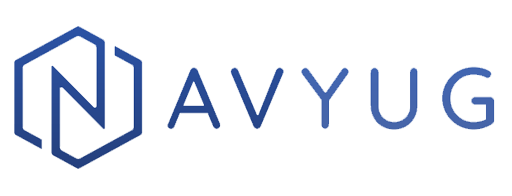
Since 1990, instant messaging, in some form or another, has been a smash hit. The concept allows two or more users to send messages back and forth in perceived quasi-synchrony, making the application different from basic email. Text messaging applications have been around since the 1960s but really took off in the late 1980s and early 1990s, where apps like AIM and Windows Live Messenger became a popular way for users to interact with each other.
In the 2010s, instant messaging over the Web started to decline and was replaced by social media messages and mobile device apps.
In 2009, a former Yahoo employee and his friend started working on an instant messaging application that would become one of the most popular messaging services worldwide. WhatsApp was quickly built and launched, and in the tail end of 2009, with the release of WhatsApp 2.0, the user count spiked to 250,000. This eventually led social media and tech giant Facebook to buy the app for about $19 billion.
Since its inception, launch, and purchase, WhatsApp has grown to over one million daily active users. When WhatsApp hit the messaging scene, there was no other application like it. Mobile device users were limited to traditional messaging platforms and we’re looking for something new and different. WhatsApp fits neatly into that opening, and its rapid growth speaks to its uniqueness and ease-of-use.
What is built into the WhatsApp tech stack?

Erlang | FreeBSD | BEAM | Ejabberd | YAWS | LYME/LYCE | Mnesia | SQLite
WhatsApp Features and Development Times

![]()
Registration: 50-55 hours
During app registration, the user enters their credentials, including name, country, and phone number. The app then sends an authorization message to their device. When registration is complete, the app syncs the user’s contacts and emphasizes the contacts that have WhatsApp installed.
![]()
Real-time messaging: 210-220 hours
WhatsApp includes options for one-on-one, group, and broadcast messages. The app uses customized Extensible Messaging and Presence Protocol (XMPP) to push message delivery. WhatsApp also includes Emojis, Stickers, and GIF files.
![]()
Voice and video calling: 200-220 and 180-220 hours
WhatsApp recently added a voice call feature that works over internet traffic instead of phone data plans. The app uses Voice over IP (VoiP), which is an open-source communication library written in C.
WhatsApp also includes a video calling feature, which is an essential part of any messaging app and social media platform. Users want the option to contact friends through video calls, and possibly include augmented reality overlays.
![]()
Multimedia file sharing: 40-50 hours
Multimedia file sharing is part of a solid base for any standard messaging app. WhatsApp allows users to share voice notes, videos, and photographs by sending the media via the HTTP server (YAAWS) with a link and Base65 encoded thumbnail.
![]()
Settings column: 110-120 hours
The WhatsApp settings column includes privacy, account, and profile settings options. Users can turn off read receipts, change their profile photo and name, add and remove blocked contacts, and various other functions. The settings column needs to include all the basic functions required to customize a user’s experience fully.
![]()
Contact sharing: 70-80 hours
WhatsApp allows users to send and receive contacts from other phones adding to the ease-of-use. Contact sharing is done the same way as message delivery and with XMPP protocol.
![]()
Location sharing: 25-30 hours
WhatsApp seamlessly integrates geolocation into the app to share a user’s current location or the location of other places. Developers can use Google Maps Android API, and Map Kit framework to incorporate mapping technology into their messaging apps.
![]()
Notifications: 15-20 hours
In WhatsApp, users are notified about chat messages through their phone’s notification settings. Users can also turn on a feature to receive a chat-on-screen pop-up when their phone is locked.
Conclusion

This is a small summary of WhatsApp’s features, and there are several more advanced features not mentioned, including camera filters, payments, end-to-end chat encryption, among others. All of which has made WhatsApp one of the most downloaded and used messaging applications currently available.
It’s difficult to price out the entire development process, but WhatsApp’s MVP could be in the $40,000 to $50,000 range. As you change or trade-in and out various features, the associated development cost will go up and down.
Creating the next WhatsApp will be a challenging feat for any developer, but with enough startup cash and fresh ideas, it’s certainly possible.

